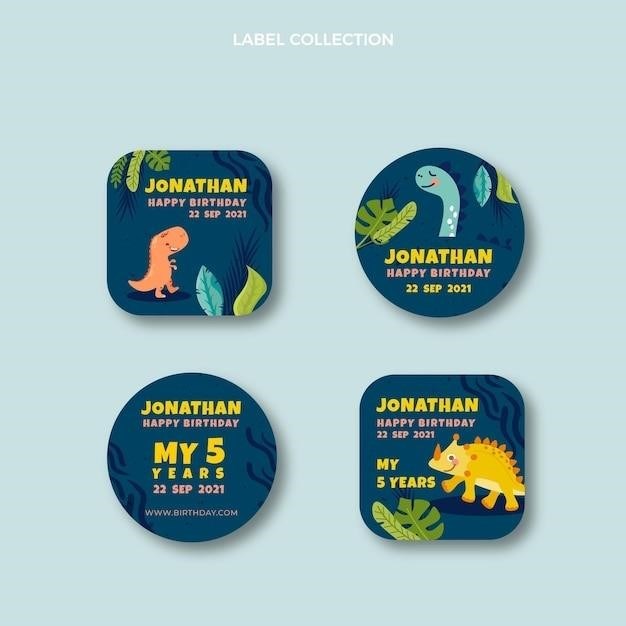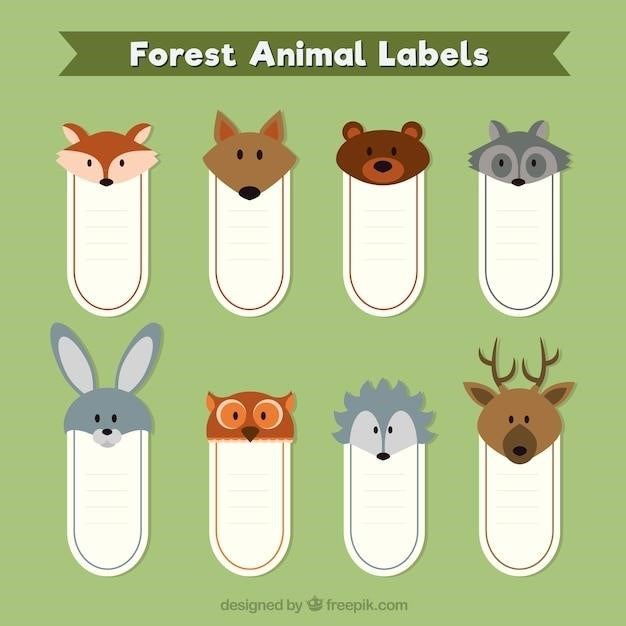Junior Animal Habitats Badge Requirements
The Animal Habitats badge is a fun and educational badge that helps Junior Girl Scouts (grades 4-5) learn about the amazing world of animals and their habitats. It encourages them to investigate, explore, and create, all while learning about the importance of protecting our planet’s diverse ecosystems. This badge is a great way to help girls develop their STEM skills and learn about the natural world around them.
Introduction
The Junior Animal Habitats badge is a rewarding experience for young Girl Scouts, encouraging them to become stewards of the natural world. This badge focuses on exploring the fascinating world of animals and their habitats, inspiring a deeper understanding of the intricate relationships between living things and their environment. Through hands-on activities, observations, and research, girls develop a sense of wonder and responsibility for protecting the habitats that support our planet’s diverse wildlife. The badge encourages them to investigate, create, and learn, making it a valuable addition to their Girl Scout journey.
The Animal Habitats badge is part of the Junior Girl Scout program, designed for girls in grades 4-5. It aligns with the Girl Scout mission of building girls of courage, confidence, and character, who make the world a better place. By earning this badge, girls gain knowledge about animal adaptations, conservation efforts, and the interconnectedness of ecosystems, fostering a sense of environmental awareness and stewardship.
Badge Overview
The Junior Animal Habitats badge encourages girls to become explorers of the natural world, uncovering the secrets of animal homes and the delicate balance of ecosystems. This badge is a journey of discovery, prompting girls to observe animals in their natural environments, learn about different habitat types, and understand the challenges faced by endangered species. Through hands-on activities, research, and creative projects, girls develop a deeper appreciation for the interconnectedness of life on Earth.
The badge is divided into five steps, each designed to engage girls in different aspects of animal habitats. They will observe the behavior of animals, investigate specific habitats, create their own animal houses, explore endangered habitats, and learn about ways to protect animal homes. This comprehensive approach allows girls to gain a well-rounded understanding of animal habitats and the importance of conservation.
By earning the Animal Habitats badge, girls develop critical thinking skills, learn about scientific concepts, and gain a sense of responsibility for the environment. They will be empowered to make informed decisions about how to protect wildlife and their habitats, contributing to a more sustainable future for all living things;
Requirements
To earn the Junior Animal Habitats badge, Girl Scouts must complete five steps, each focusing on a different aspect of animal homes and conservation. These steps provide a structured learning experience, encouraging girls to engage with the topic through observation, research, creative projects, and action.
The first step, “Find Out About Wild Animals,” involves observing a pet or tame animal for at least 15 minutes and documenting its behavior. This hands-on experience helps girls understand the basic needs of animals and how they interact with their surroundings. The second step, “Investigate an Animal Habitat,” encourages girls to create a habitat collage using pictures of wild animals, grouping them by habitat type. This activity reinforces the concept of different habitats and the unique adaptations of animals within them.
Moving on to “Create an Animal House,” girls are challenged to design and build a shelter for a specific animal, using materials they choose. This step encourages creativity and problem-solving skills, as girls consider the animal’s needs and create a suitable environment. The fourth step, “Explore Endangered Habitats,” focuses on learning about endangered species and the threats they face. Girls can research specific animals or visit local nature centers to learn more about conservation efforts.
Step 1⁚ Find Out About Wild Animals
This step encourages a close observation of animal behavior, laying the foundation for understanding how animals interact with their environments. Junior Girl Scouts are asked to spend at least 15 minutes observing a pet or tame animal, carefully noting its actions and reactions. This could be a family dog, a cat, a bird, or even a farm animal, allowing girls to observe everyday behaviors in a familiar setting. The key is to pay attention to how the animal moves, eats, interacts with its environment, and even communicates.
After observing, girls are asked to write down at least three things about the animal’s behavior. This simple act of recording observations helps girls process what they’ve seen and begin to analyze the animal’s actions. For example, they might note that their dog wags its tail when excited, chews on a bone for entertainment, or interacts with its owner by licking their face. This step provides a foundation for understanding the basic needs and behaviors of animals, preparing them for the next steps of exploring animal habitats and conservation.
Step 2⁚ Investigate an Animal Habitat
This step delves into the fascinating world of different habitats and the animals that call them home. Junior Girl Scouts are tasked with creating a habitat collage, a fun and creative activity that helps them visualize the interconnectedness of animals and their environments. To create their collage, girls can gather 15-20 pictures of wild animals from magazines, newspapers, or online sources. The key is to ensure the pictures represent a variety of animals and their unique habitats, highlighting the diverse ecosystems found around the world.
Once the pictures are collected, girls should group them by habitat. For example, they might group together pictures of polar bears, walruses, and seals, representing the Arctic region. Similarly, they might group pictures of monkeys, parrots, and snakes, representing a tropical rainforest. This grouping exercise helps girls understand the concept of habitats and how different species are adapted to live in specific environments. Through the process of creating the collage, girls will gain a deeper appreciation for the diversity of life on Earth and the importance of protecting animal habitats for future generations.
Step 3⁚ Create an Animal House

This step encourages Junior Girl Scouts to tap into their creativity and build a miniature animal habitat. It’s a hands-on activity that allows them to apply their knowledge of animal needs and habitat characteristics. The girls can choose an animal they’ve learned about in the previous steps or one that particularly interests them. They can then design and create a miniature home that reflects the animal’s natural environment.
The possibilities for materials are endless! They can use cardboard boxes, recycled materials, fabric scraps, twigs, leaves, and even natural elements like rocks and sand. The key is to create a space that mimics the animal’s natural habitat, considering factors like shelter, food sources, and water. For example, if they choose a bird, they might create a nest with twigs and leaves, adding a small dish for water and seeds. If they choose a fish, they might create an aquarium with rocks, plants, and a hiding place.
By creating an animal house, girls gain a deeper understanding of the specific needs of animals and the importance of providing them with a safe and comfortable environment. This step promotes creativity, problem-solving, and an appreciation for the intricate relationships between animals and their habitats.
Step 4⁚ Explore Endangered Habitats
This step introduces Junior Girl Scouts to the critical issue of endangered habitats and the animals that depend on them. It encourages them to learn about the threats facing these ecosystems and the consequences of habitat loss. Girls can explore various resources to discover the reasons behind habitat endangerment, such as deforestation, pollution, climate change, and habitat fragmentation. They can investigate specific examples of endangered habitats, like rainforests, coral reefs, and wetlands, and the animals that call these places home.
One way to explore endangered habitats is through online resources like videos, documentaries, and interactive websites. They can also visit local museums, zoos, or wildlife sanctuaries that focus on conservation efforts and feature exhibits on endangered species. This step helps girls understand the interconnectedness of the environment and the importance of protecting biodiversity. They learn about the consequences of losing habitats and the impact it has on entire ecosystems.
By exploring endangered habitats, girls gain a deeper appreciation for the fragility of the natural world and the importance of conservation. They are empowered to become advocates for environmental protection and learn how they can contribute to efforts that safeguard endangered species and their habitats.
Step 5⁚ Help Protect Animal Habitats
This final step encourages Junior Girl Scouts to take action and become active participants in protecting animal habitats. It’s not just about learning about the challenges; it’s about turning knowledge into positive change. Girls can explore various ways to help, from simple everyday actions to more impactful projects. They can learn about organizations dedicated to habitat conservation and research ways to support their efforts through volunteering, fundraising, or spreading awareness.
Practical actions include reducing their own environmental footprint by conserving energy, reducing waste, and making eco-friendly choices. They can also engage in local initiatives like participating in park cleanups, planting native trees, or supporting local conservation groups. The step emphasizes the importance of making informed decisions about consumption and promoting sustainable practices. Girls can also become advocates by educating others about the importance of protecting habitats and encouraging others to take action.
Through this step, Junior Girl Scouts learn that even small actions can make a difference. They develop a sense of responsibility for the environment and understand that protecting animal habitats is a collective effort. By taking action, they become empowered to make a positive impact on the world around them and contribute to a more sustainable future for all living things.
Additional Resources
For those wanting to delve deeper into the fascinating world of animal habitats, there are numerous resources available. Websites like National Geographic, the World Wildlife Fund, and the National Park Service offer engaging articles, videos, and interactive content that explore various animal habitats and the challenges they face. These platforms provide a wealth of information on conservation efforts, endangered species, and the impact of human activities on ecosystems.
Local zoos and aquariums can also be valuable resources. Many offer educational programs, behind-the-scenes tours, and opportunities to interact with experts in animal care and conservation. These institutions often have dedicated websites with information about their conservation efforts and educational materials suitable for young learners. Additionally, local nature centers and environmental organizations can provide opportunities for hands-on learning, nature walks, and volunteer opportunities.
By exploring these resources, Junior Girl Scouts can expand their knowledge, gain a deeper understanding of the interconnectedness of life on Earth, and discover the many ways they can contribute to protecting the natural world. These resources can serve as valuable tools for fulfilling the badge requirements and sparking a lifelong passion for conservation.
Earning the Animal Habitats badge is a rewarding journey for Junior Girl Scouts, empowering them to become advocates for the natural world. By engaging in the five steps outlined in the badge requirements, girls develop a deeper appreciation for the diverse habitats that sustain our planet’s incredible biodiversity. They learn about the interconnectedness of life, the challenges faced by animals in a changing world, and the importance of responsible stewardship.
The knowledge and skills acquired through this badge can inspire girls to become active participants in conservation efforts. From creating awareness in their communities to supporting organizations dedicated to habitat protection, they can make a positive difference in safeguarding the future of animals and their habitats. The Animal Habitats badge not only fosters a sense of wonder and respect for nature but also empowers girls to become responsible citizens who act as stewards of the planet.
By completing this badge, Junior Girl Scouts gain valuable knowledge, develop essential skills, and cultivate a lifelong passion for protecting the natural world. The Animal Habitats badge is a testament to the power of exploration, discovery, and action in shaping a brighter future for all living things.
